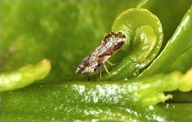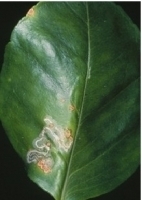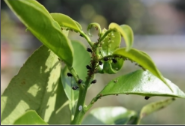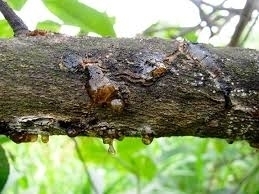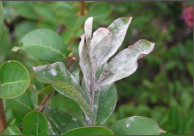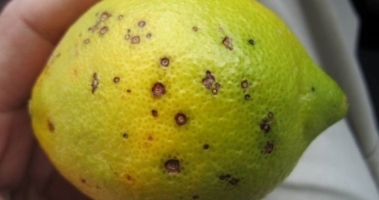Saharanpur Special: Released by Saharanpur Botanical Garden. The fruits are round in shape, oblate, yellow in color and has smooth surface. It has medium thick rind. The fruits contain numerous seeds and the fruits ripen in November to February month.
Marsh Seedless: Released in 1968. The variety has medium to large fruits which are oblate to round in shape. The skin of fruit is light yellowish in color, fruit contains 0-6 seeds. The variety matures in December to January month which gives an average yield of 92.8kg fruit per tree.
Poorman Orange: The fruit is hardy, large, thin skinned, juicy and delicious and has sweet fruit. The skin is golden in color having orange color flesh which contains few seeds. It is used best for making marmalade and drinks.
Thompson: It is also known as pink marsh. It is an early maturing variety and grows well in Indian climate.
Foster: Released in 1968. The variety contains medium to large size fruits which are oblate in shape. The skin is pale yellow in color and flesh is pink in color. The variety ripens in November to December month and gives an average yield of 51.4kg fruit per tree.
Other state varieties:
Duncan: Fruit are medium to large in size, flat, light, yellow in color having length of 9-10cm and width of 10-11cm. The fruit has an average weight of 400-500gm having peel thickness of 0.8-0.9cm. It contains 30% juice content, 9-11% soluble content and 45-50mg Vitamin C in per 100ml juice. It gives an average yield of 24-28qtl/acre. The fruit matures in November to December month.
Ruby Red: Fruit is medium to large in size, peel is yellowish pink in color when matures. The average weight of fruit is 500-550gm per fruit. The length of fruit is 9-10cm and width is 10-11cm, the peel thickness is 0.8-0.85cm. The fruit contains 30% juicy content which contains 10-11% total soluble content and 1.2-1.4% acidic content. In 100ml juice there is 50-55mg Vitamin C content. It gives an average yield of 32-36qtl/acre which gets ready in November month.
Star Ruby: Released in 2009. They have medium sized trees, small to medium size fruits which are oblate to roundish in shape. Fruit contains soft peel which is glossy yellow in color and contains red color flesh. Fruits are mainly seedless (1-2 seeds) which are juicy and rich Vitamin C content. It is an early maturing variety which matures in end-November and gives an average yield of 53kg/tree.
Red Blush: Released in 1995. It has small to medium size fruits and are oblate in shape. The fruits are mildly acidic and high in TSS content. Mainly 0-8 seeds are found per fruit. The fruit matures in end-November and it gives an average yield of 76.5kg fruit per tree.










